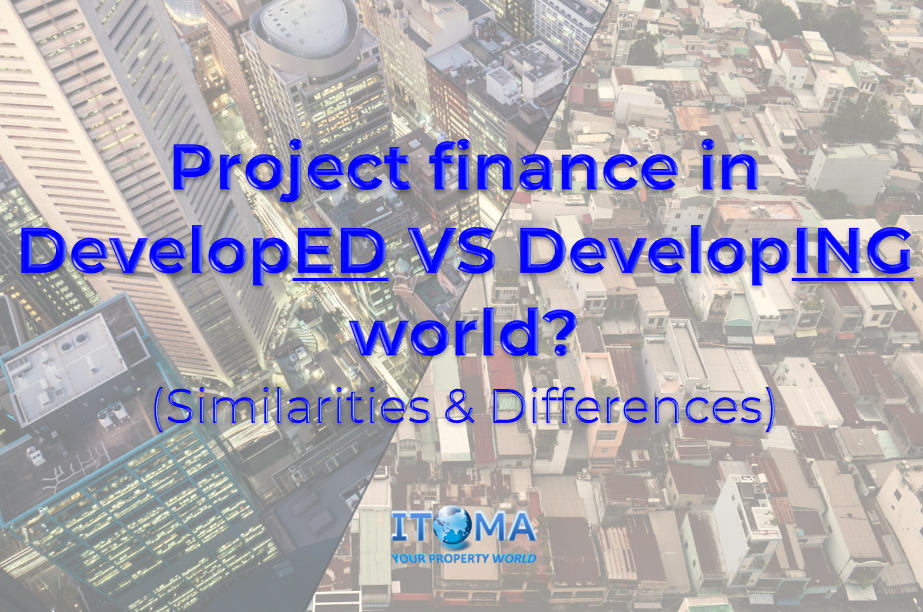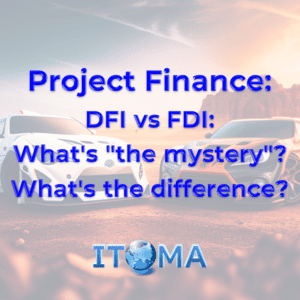
Project finance is a method of financing large-scale infrastructure and development projects, in which the project’s assets, rights, and cash flows serve as collateral for the loan. In both developed and developing worlds, project finance has played a crucial role in financing large infrastructure projects and driving economic growth. However, there are some key differences between project finance in the developed and developing worlds that are worth exploring.
In the developed world, project finance is primarily used to finance infrastructure projects such as power plants, highways, and airports. These projects are typically large, complex, and have a long-term horizon. The investors in these projects are typically large institutional investors such as pension funds, insurance companies, and sovereign wealth funds. The risk is distributed among the investors and the lenders, with the project sponsors bearing the majority of the risk. The creditworthiness of the project sponsor is a key factor in determining the success of the project.
In contrast, in the developing world, project finance is primarily used to finance projects in sectors such as agriculture, housing, energy, mining, and telecommunications. These projects are often smaller in scale and have a shorter-term horizon. The investors in these projects are typically development finance institutions and multilateral development banks. The risk is primarily borne by the lenders, and the creditworthiness of the project sponsor is less of a concern. This is because the development finance institutions and multilateral development banks are often backed by governments and international organizations, which provide a guarantee for the loan.
One of the main differences between project finance in the developed and developing worlds is the level of regulatory oversight. In the developed world, project finance is subject to strict regulatory oversight, with a focus on ensuring that the project is financially viable and that the rights of the stakeholders are protected. In contrast, in the developing world, project finance is often subject to less stringent regulatory oversight, with a focus on ensuring that the project is able to generate economic growth and create jobs.
Another key difference is the level of access to capital. In the developed world, project finance is typically financed through a combination of debt and equity. The debt is typically provided by commercial banks and bond markets, while the equity is provided by institutional investors and project sponsors.
In the developing world, project finance is often financed through a combination of debt and equity, with the debt being provided by development finance institutions and multilateral development banks, and the equity being provided by governments, international organizations & sovereign funds.
In conclusion, project finance plays a crucial role in financing large infrastructure projects and driving economic growth in both the developed and developing worlds. However, there are some key differences between project finance in the developed and developing worlds, including the level of regulatory oversight, access to capital, and the creditworthiness of the project sponsor. Understanding these differences is crucial for successfully navigating the project finance landscape.
If you want to read this article on LinkedIn – please click here:
https://www.linkedin.com/pulse/project-finance-developed-vs-developing-world-similarities-/
See our Project Finance & Marketing blog here:
https://itoma.co.uk/blog



